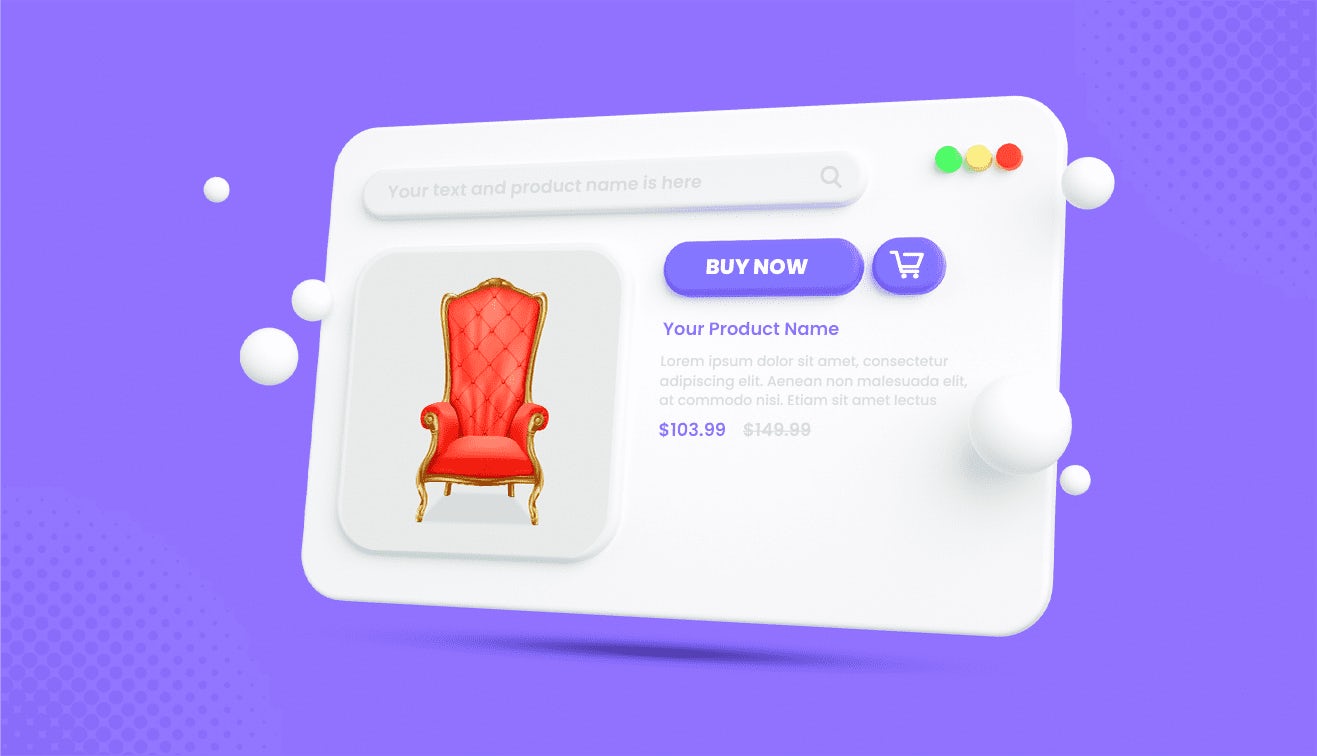E-business means doing business online. It's when you use the internet, the web, or other online tools to run your business. This includes selling stuff online, helping customers use the internet, and managing business operations online.
In simple terms, e-business is just buying and selling online. However, e-business goes further in terms of all the different ways you can use the Internet to run your business smoothly.
Get ready to discover how e-business can transform how you work and connect with customers!
Some Features of e-business
Here are some of the features of e-business that you need to know:
- There are no restrictions on geographical boundaries.
- It is easy to set up.
- Much cheaper than traditional business
- Flexible business hours
- Low marketing cost
- Some businesses receive subsidies from the government.
- Anyone can purchase anything from anywhere.
Also Read: Top eCommerce Trends Powering Online Retail
Different Types of e-business Models
In e-business, there are various types of business models. Let’s explore the models:
Business-to-business (B2B)
Business-to-business transactions occur between two organizations. Producers and traditional commerce wholesalers commonly utilize this type of electronic commerce, which significantly enhances companies' efficiency.
Business-to-consumers (B2C)
When a consumer purchases products from a seller, it's termed a business-to-consumer transaction. Examples include people shopping on platforms like Flipkart, Amazon, etc. In this type of transaction, the end consumer directly buys from the seller.
Consumers-to-consumers (C2C)
Consumers act as buyers and sellers in third-party facilitated online marketplaces like eBay. These platforms generate revenue through various means, including personal ad fees, charges for memberships and subscriptions, and transaction fees.
Consumer-to-Business (C2B)
In C2B e-commerce, there's a notable shift from the traditional exchange of goods. This model is frequently observed in crowdsourcing projects, where numerous individuals offer their services or products for purchase by companies specifically seeking such offerings.
Consumer-to-Administration (C2A)
The Consumer-to-Administration model involves electronic transactions between individuals and public administration. Such applications include education, social security, taxes, health, etc.
Business-to-administration (B2A)
This aspect of e-commerce covers all online transactions carried out by businesses, public administrations, and government agencies. These services have seen significant growth in recent years due to investments in e-government initiatives.
Examples of E-business
To gain a better understanding of e-business, let us look at an example:
As an e-business, Netflix has revolutionized the entertainment industry by leveraging innovative technology. As a popular streaming platform, it grants users on-demand access to various movies and TV shows, offering a seamless and convenient viewing experience.
Utilizing a sophisticated recommendation algorithm, Netflix analyses user preferences and viewing history to suggest tailored content, ensuring customer engagement and facilitating content discovery. Operating on a subscription-based model, customers pay a monthly fee for unlimited access to the platform's library, eliminating the need for individual purchases and establishing a consistent revenue stream.
By prioritizing technological innovation and user-centric design, Netflix has redefined the industry landscape, positioning itself as a frontrunner in the streaming sector. This success story underscores the transformative potential of e-businesses in reshaping traditional industries through strategic technological integration.
Some Challenges of e-business
The challenges posed by electronic business differ from one organization to another, influenced by factors such as whether the company is digitally native, relies on digital services for its core value proposition, uses digital services in specific areas of its operations, or maintains legacy technology.
Despite the differing levels of digital integration, e-business challenges often share common elements, including the following:
1) Ensuring the security of e-business services against ever-evolving cyber threats.
2) Rapidly scaling services to meet growing demand while maintaining performance standards.
3) Adapting technologies quickly to stay aligned with shifting market trends.
4) Recruiting and training proficient workers to match the pace of technological advancements.
5) Synchronizing with e-business capabilities that operate continuously due to their electronic nature.
Difference between e-business and e-commerce
To make a better understanding, here are some basic differences between e-business and e-commerce. Let’s have a look into them:
| Key Aspects | e-Business | e-Commerce |
| Definition | Perform every type of business activity through the Internet. | Perform commercial transactions and activities over the Internet. |
| Scope | Broad Concept and superset of e-commerce. | Narrow concept and a subset of e-business. |
| Transactions | Business Transaction | Commercial transaction |
| Operation | Requires multiple websites, ERPs, and CMSs that connect different business processes. | Requires the use of a website. |
| Coverage | It covers both internal and external business processes. | It covers external business processes. |
Future e-business Trends Predictions
To stay current in this rapidly evolving industry, it's crucial to stay informed about future trends in e-business. Doing so will enhance your customers' shopping experience, making it more engaging and exciting. Here are some of the future e-business trends predictions:
1. AI and Machine Learning
Artificial Intelligence (AI) and Machine Learning (ML) are poised to play increasingly vital roles in e-business operations. These technologies enable personalized shopping experiences, predictive analytics for inventory management, and improved customer service through chatbots and virtual assistants. Incorporating AI into your business empowers more efficient analysis of store data and buyer behaviour.
2. Demand in Mobile Shopping Trends
Mobile shopping has experienced significant growth in recent years, with customers worldwide increasingly utilizing their mobile devices, such as smartphones and tablets, to purchase products and services. As mobile shopping continues to surge, online retailers prioritize a mobile-first approach. Consequently, consumers are increasingly inclined to use their smartphones for online purchases.
In 2022, mobile commerce sales totaled over 431.4 billion dollars, with projections indicating a steady rise to 511.8 billion in 2023, 604.5 billion in 2024, and an estimated 710.42 billion in 2025.
3. B2B eCommerce to Maintain Lead Over B2C
The emerging trend of eCommerce is reshaping the landscape for both B2B and B2C companies, serving as a transformative force. There's a growing belief that B2B eCommerce is surging ahead of B2C and is poised to surpass it soon. B2B eCommerce involves wholesale distributors providing goods to fellow entrepreneurs.
Furthermore, B2B streamlines operations by eliminating the need for manual processes by utilizing online sales portals. This approach enables businesses to sell and distribute products directly to other companies via online channels. Embracing B2B eCommerce can increase sales by establishing a robust online presence at a reduced cost.
According to the Forrester Report, B2B eCommerce fuels the current global economy. They also said that US business-to-business (B2B) eCommerce will reach $1.8 trillion by 2023.
4. Omnichannel Experience
Omnichannel retail is a contemporary sales strategy that delivers a seamless shopping journey for customers. Multi-channel eCommerce encompasses promoting and selling products across various platforms, including eCommerce websites, marketplaces, and offline channels.
Fascinatingly, this approach blurs the boundaries between physical and online channels, offering customers increased access to information about your products or services. Moreover, promoting your brand across diverse channels enhances sales opportunities and bolsters brand recognition.
A study shows that almost 90% of users expect brands to offer omnichannel experiences across their preferred channels and touchpoints.















































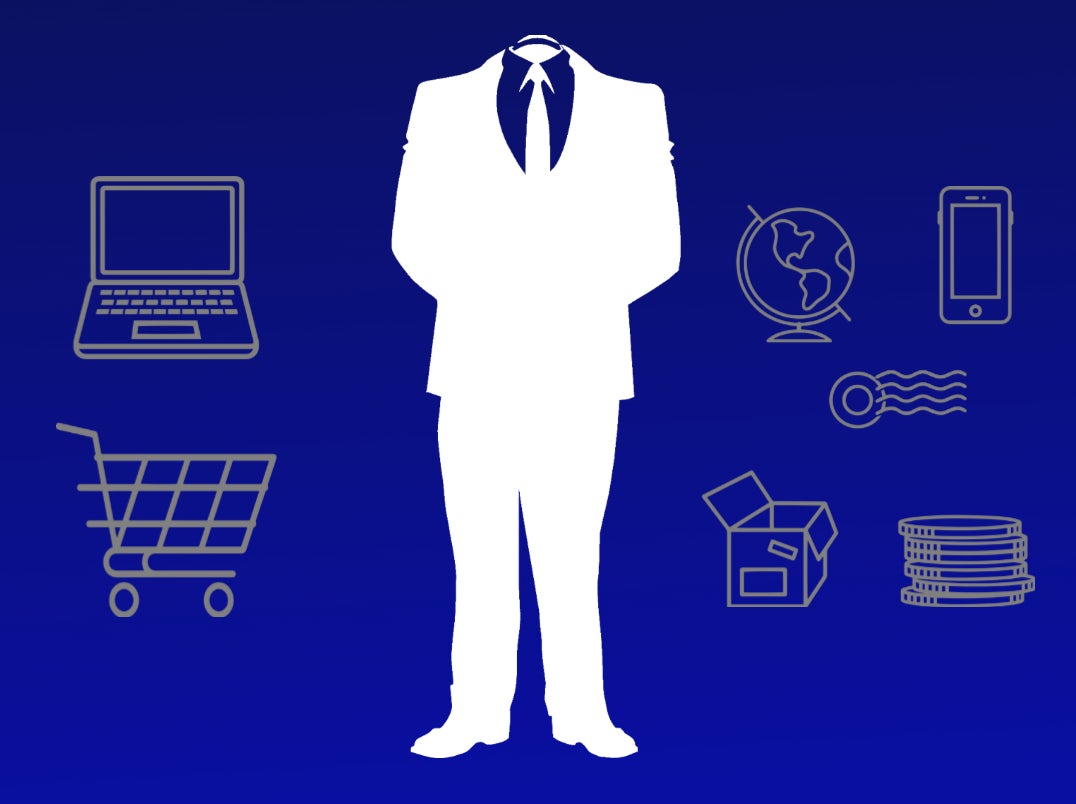

















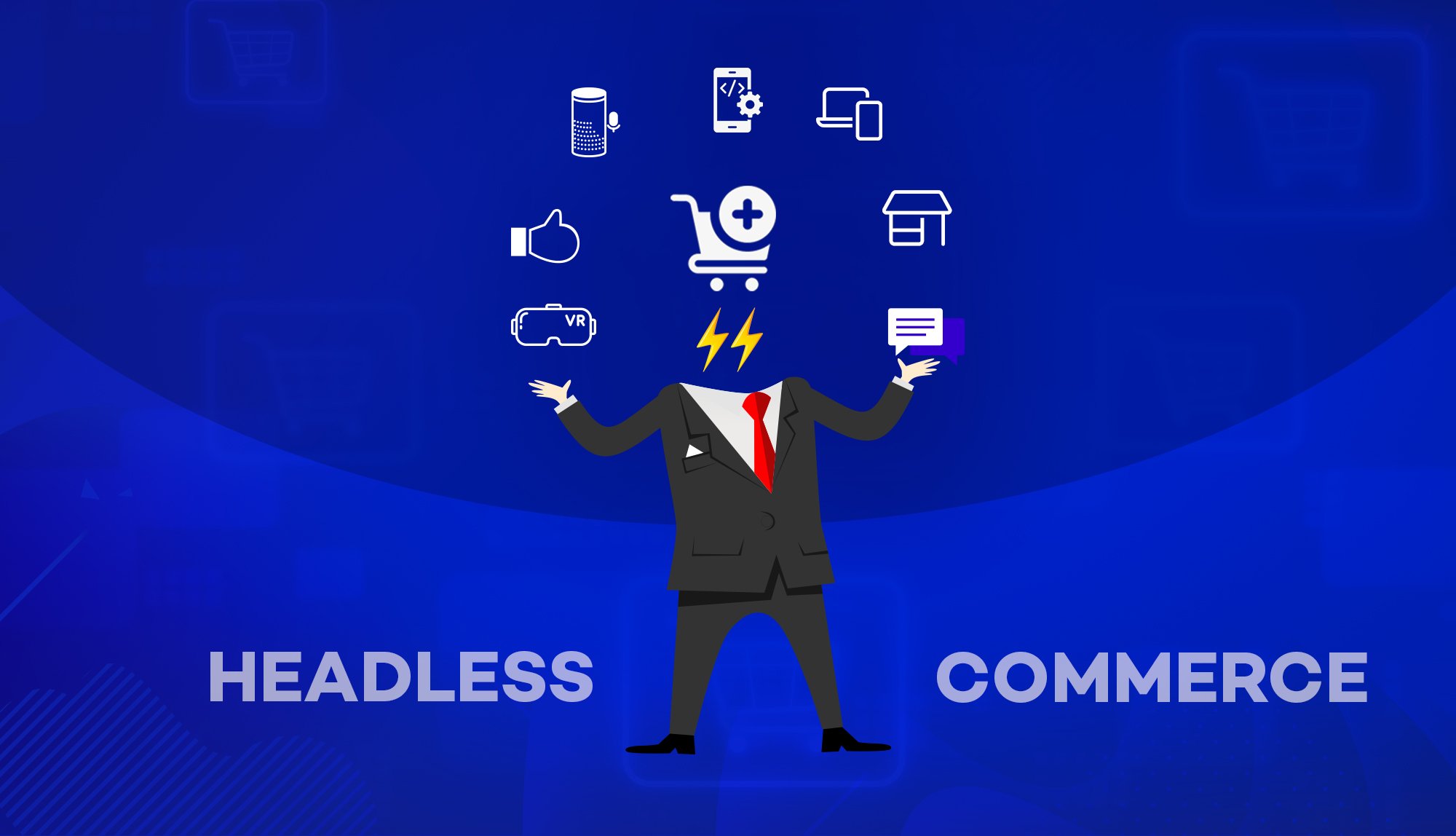
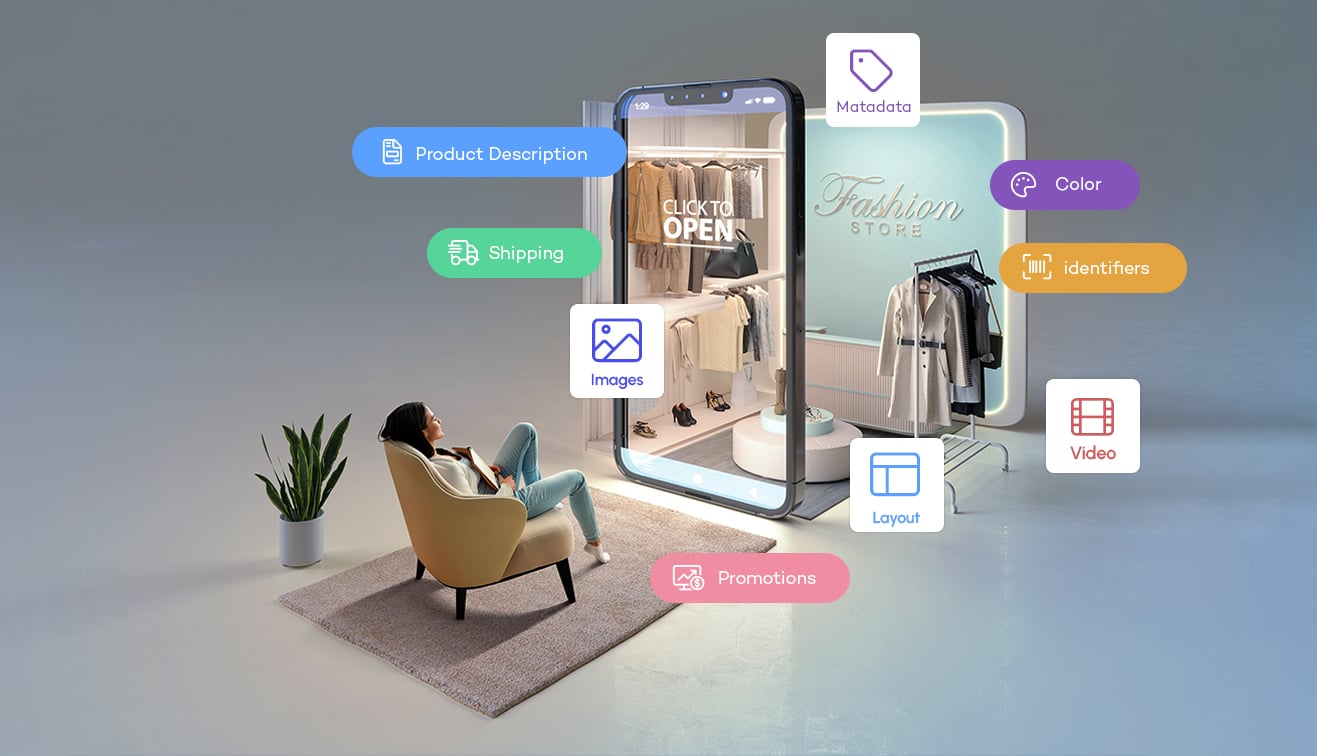

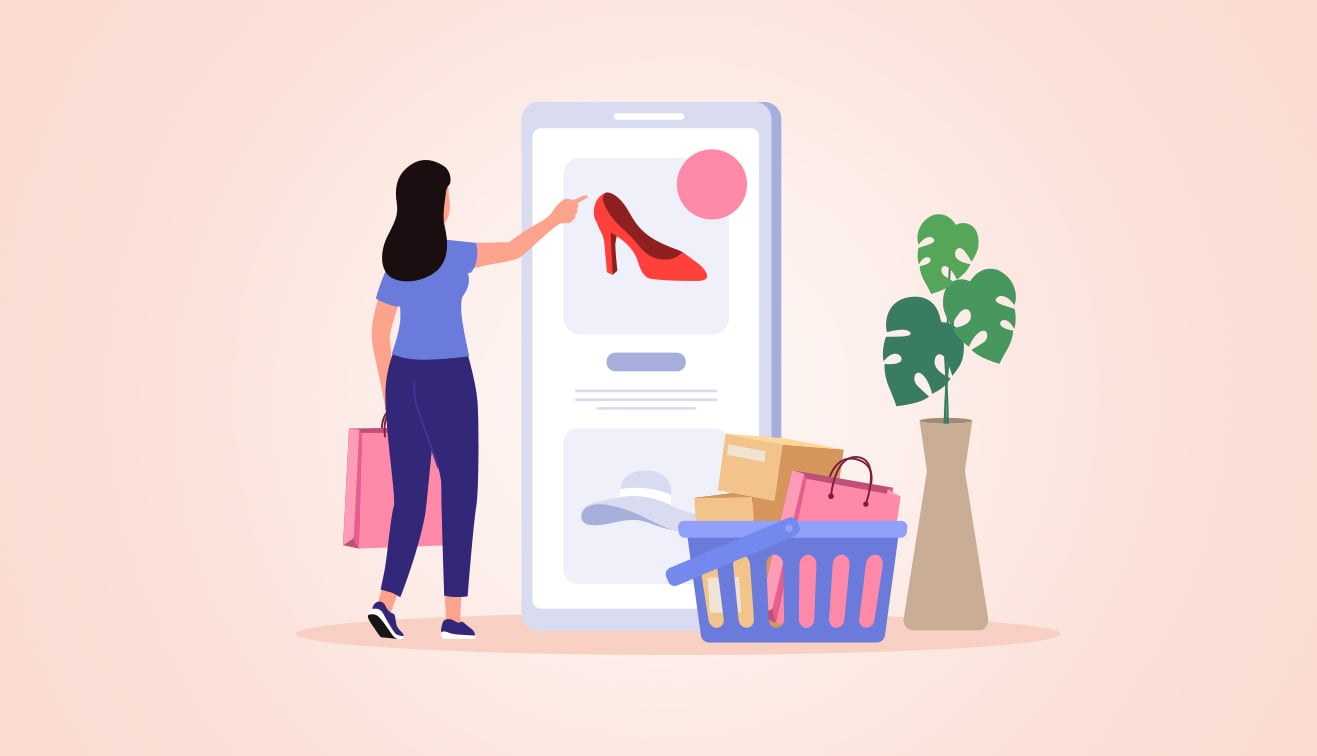

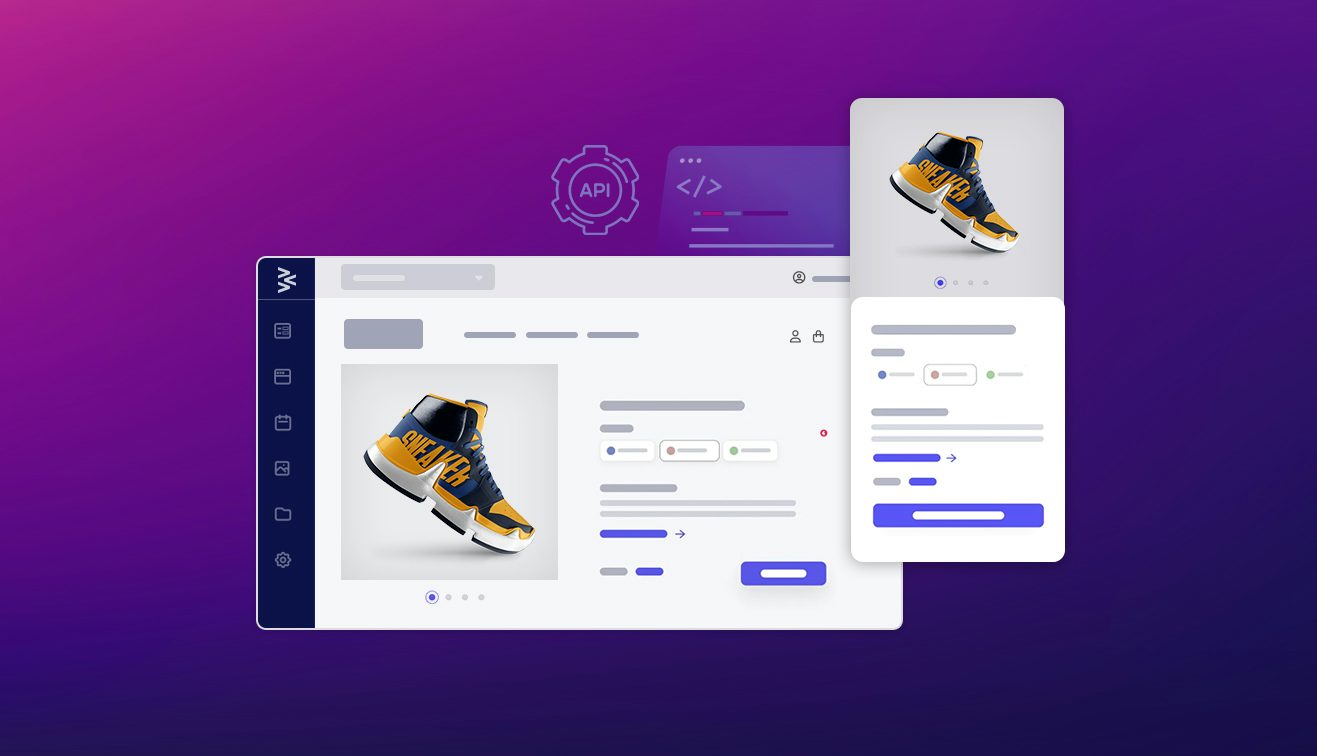

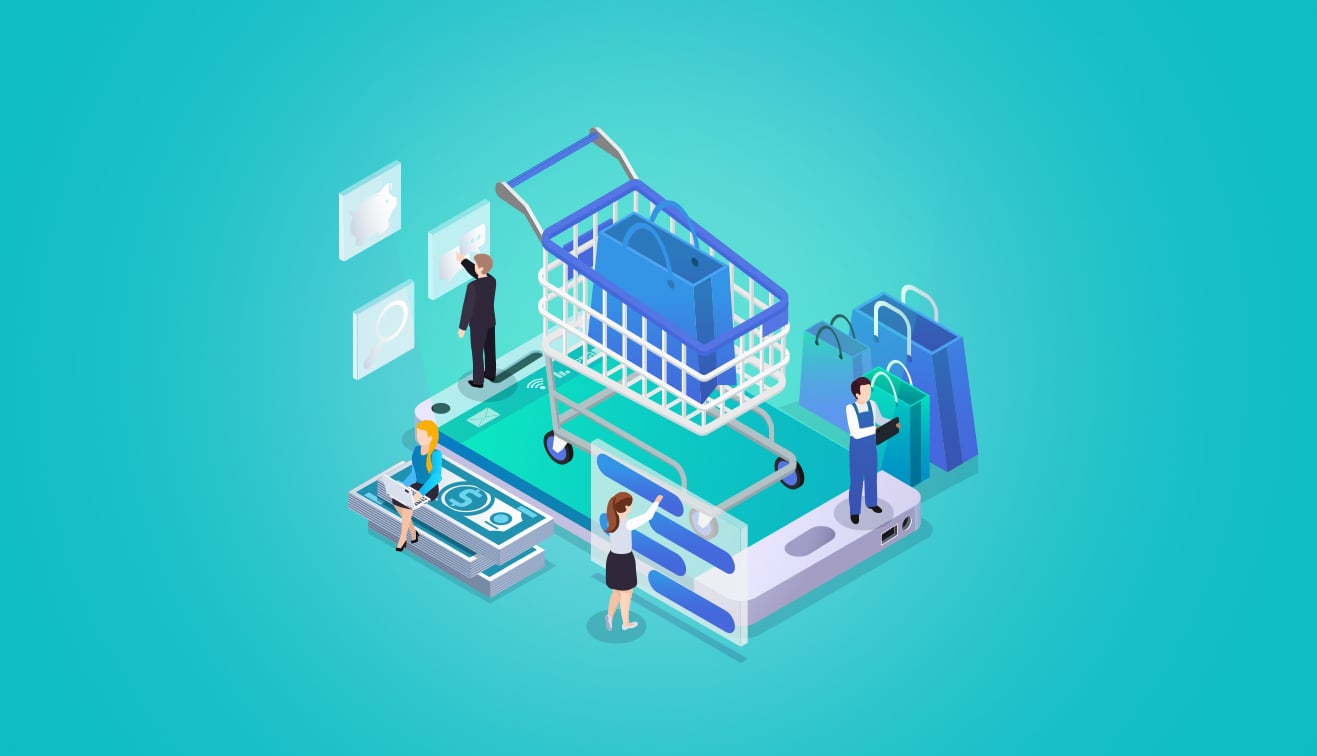

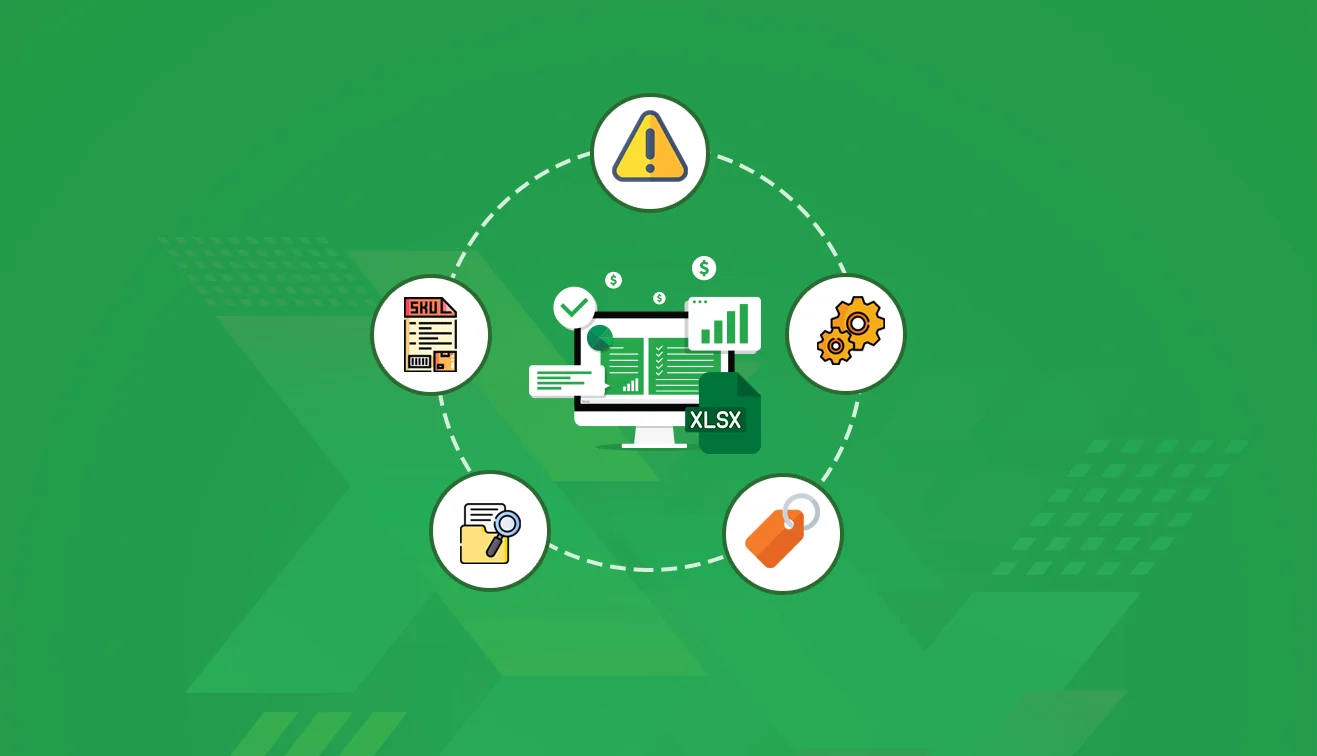
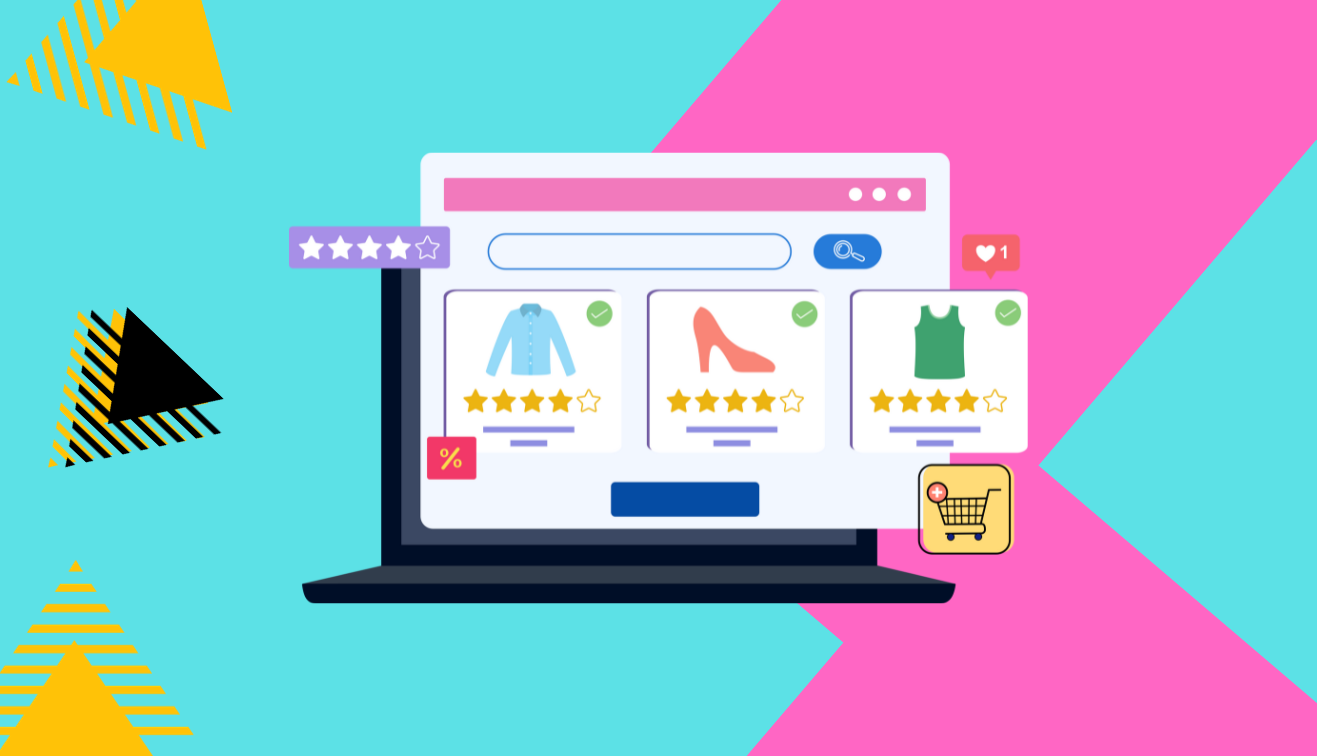
.jpg?w=3840&q=75)
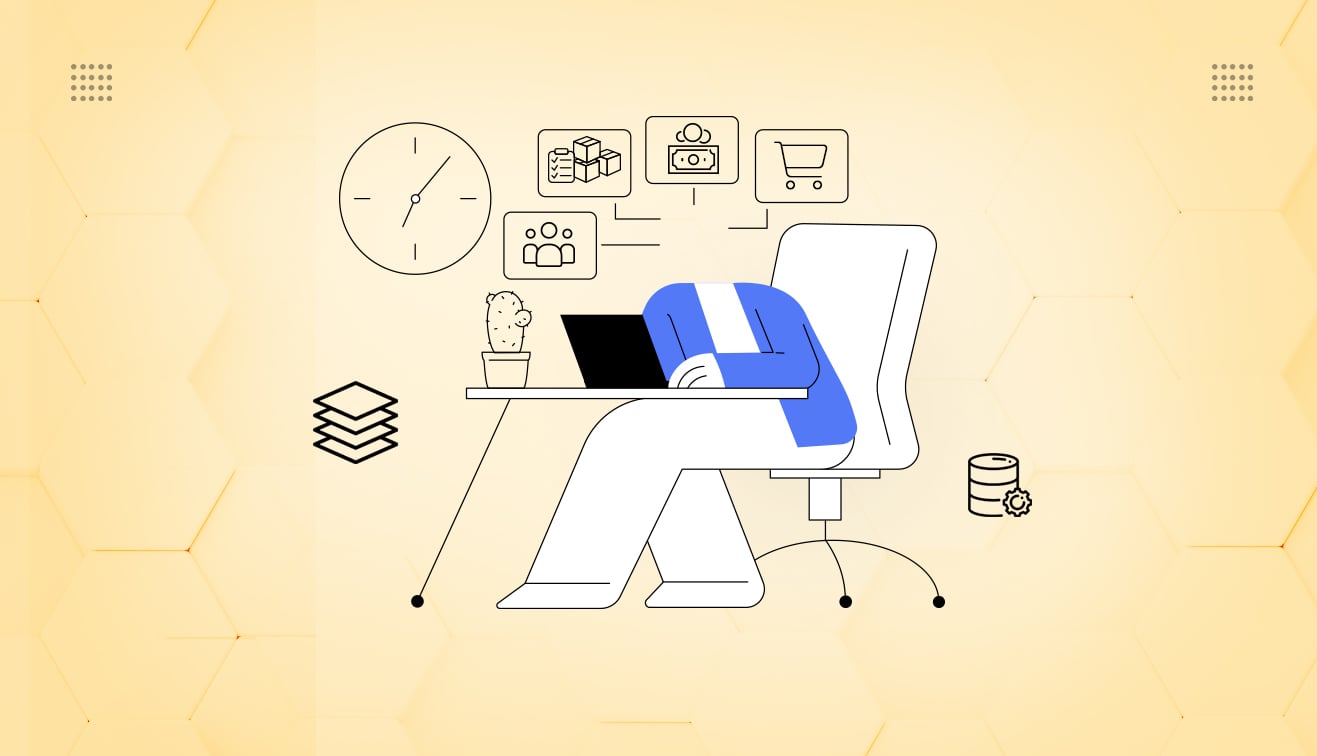

.png?w=3840&q=75)
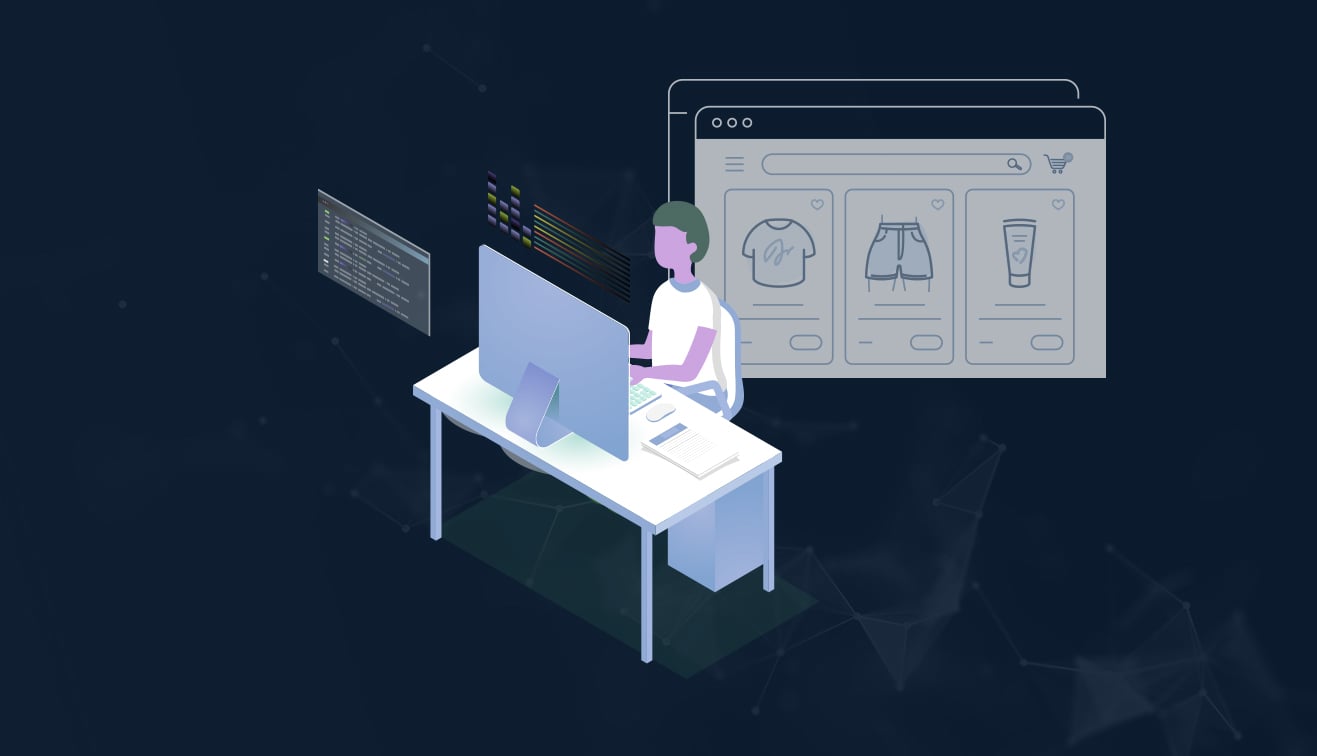
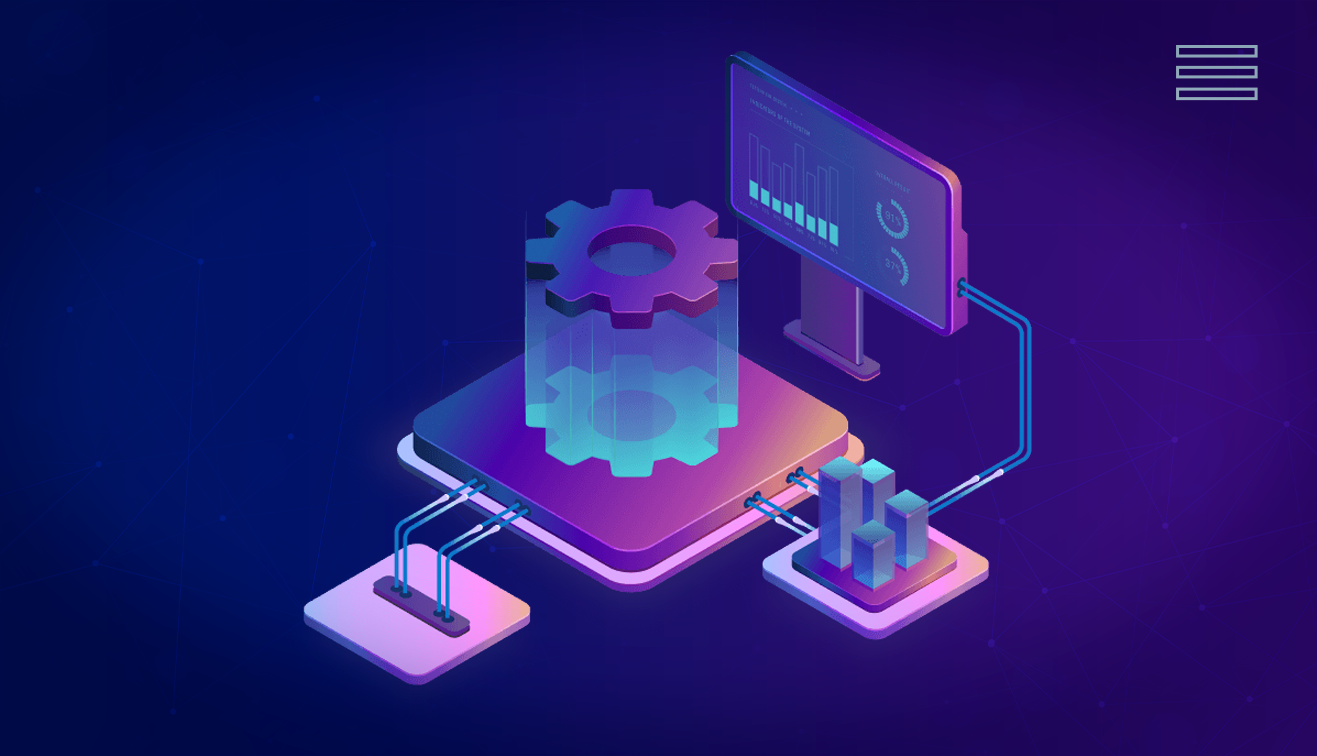
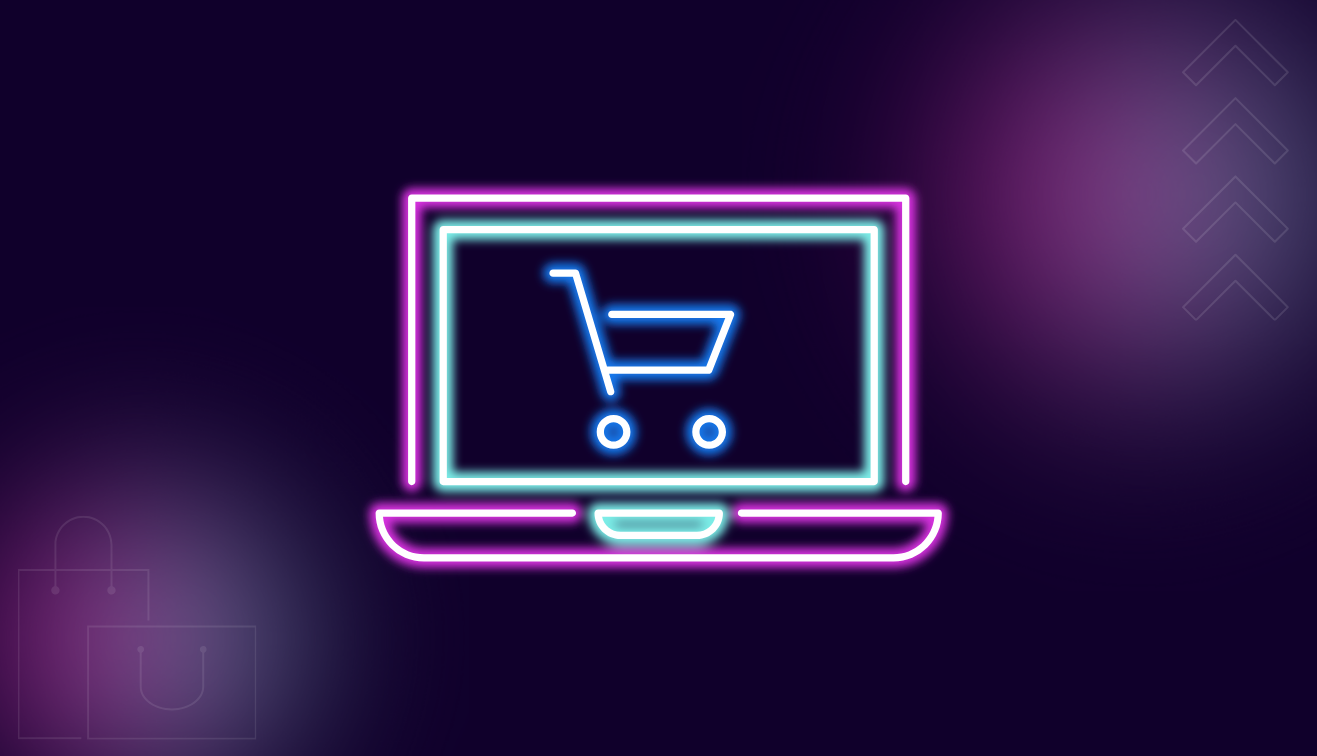
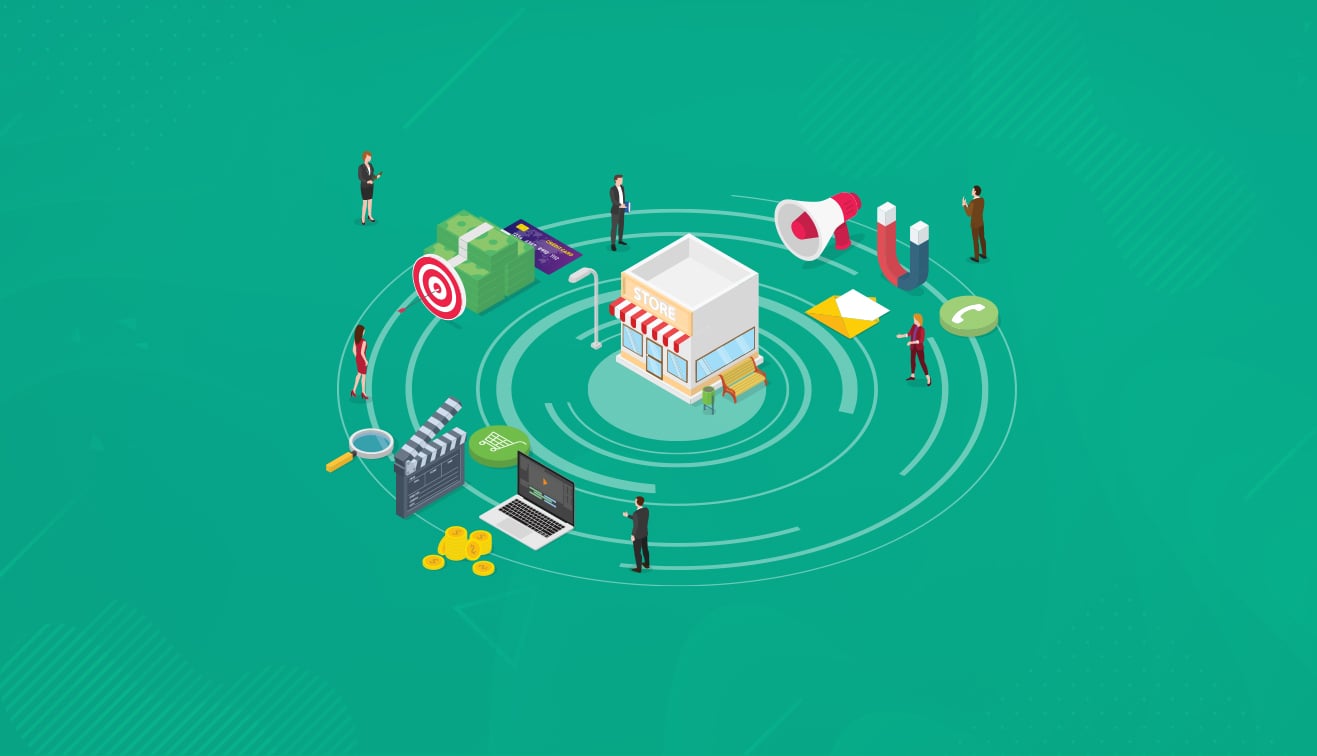
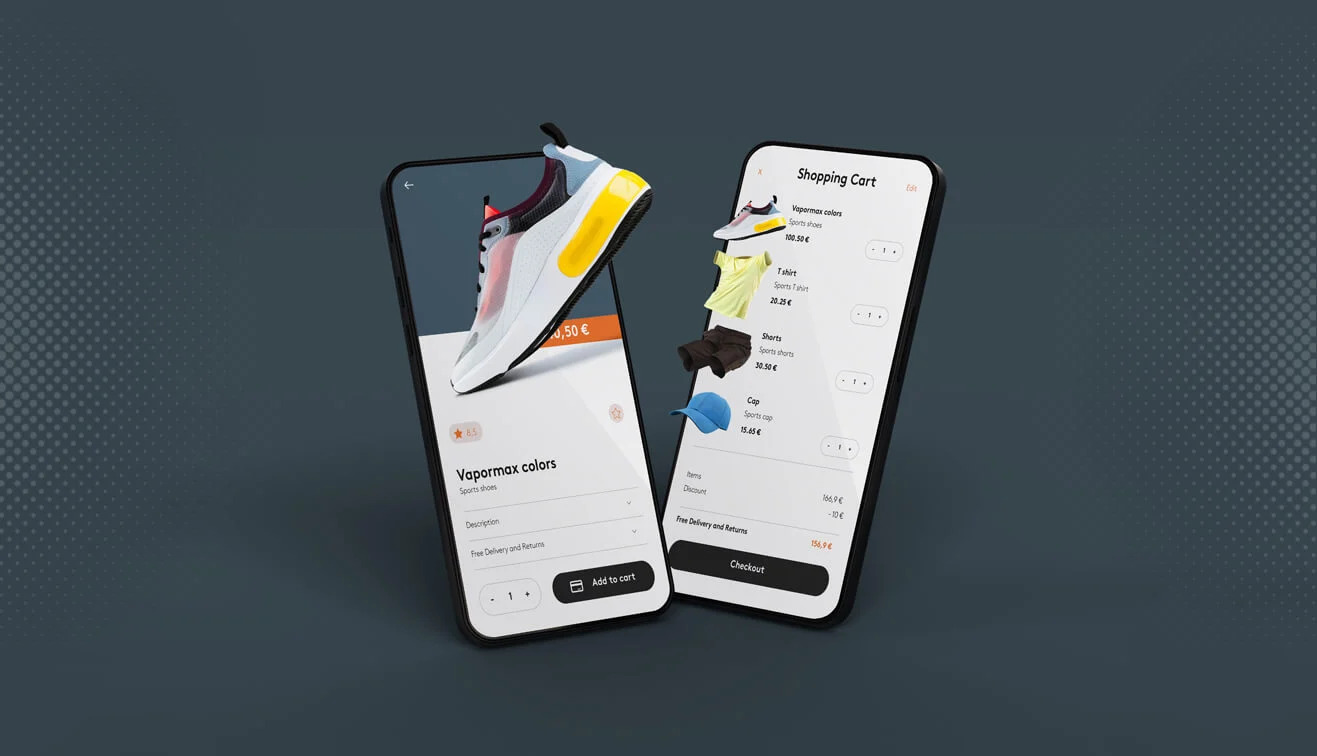
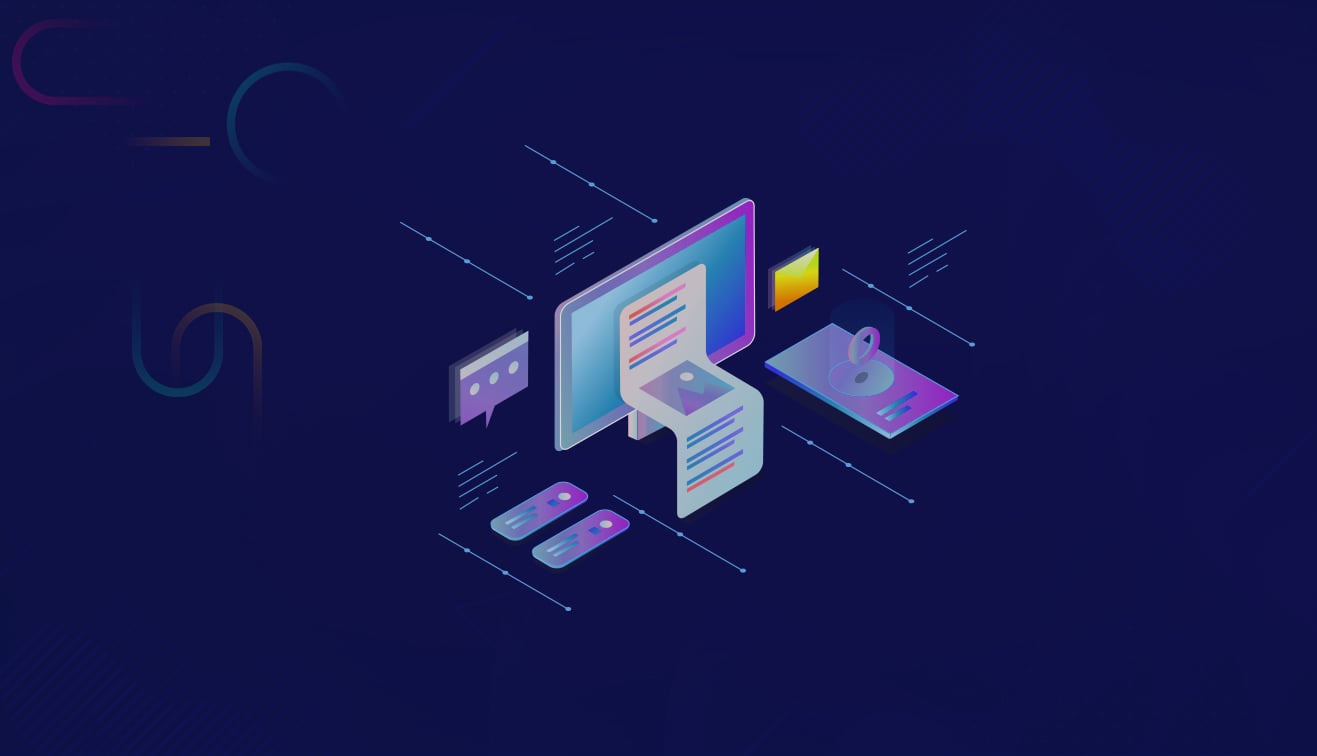
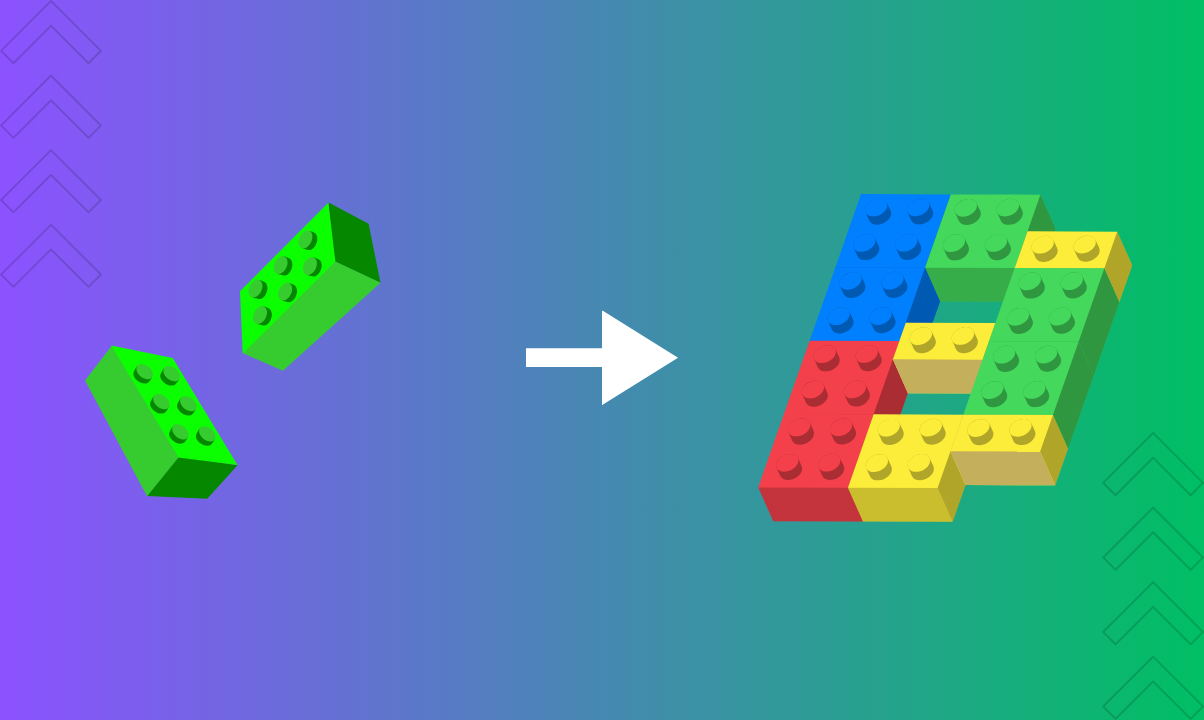

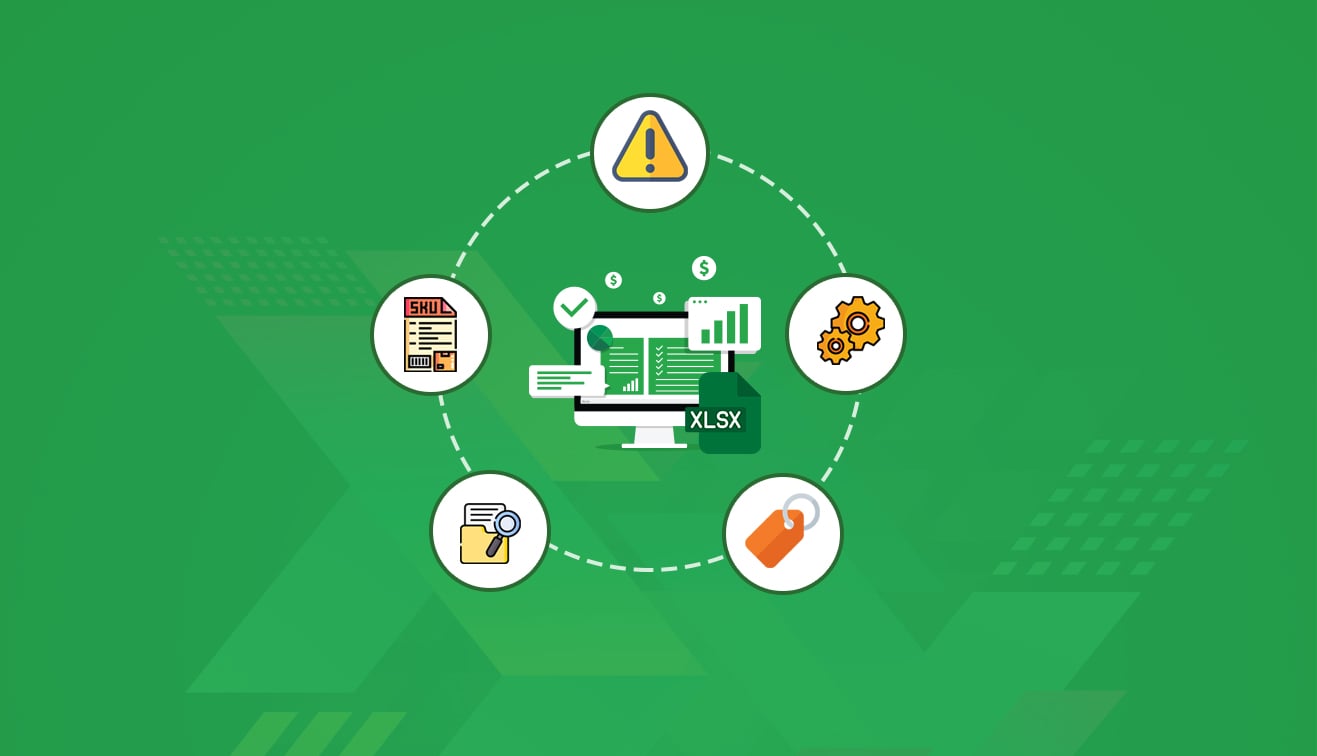
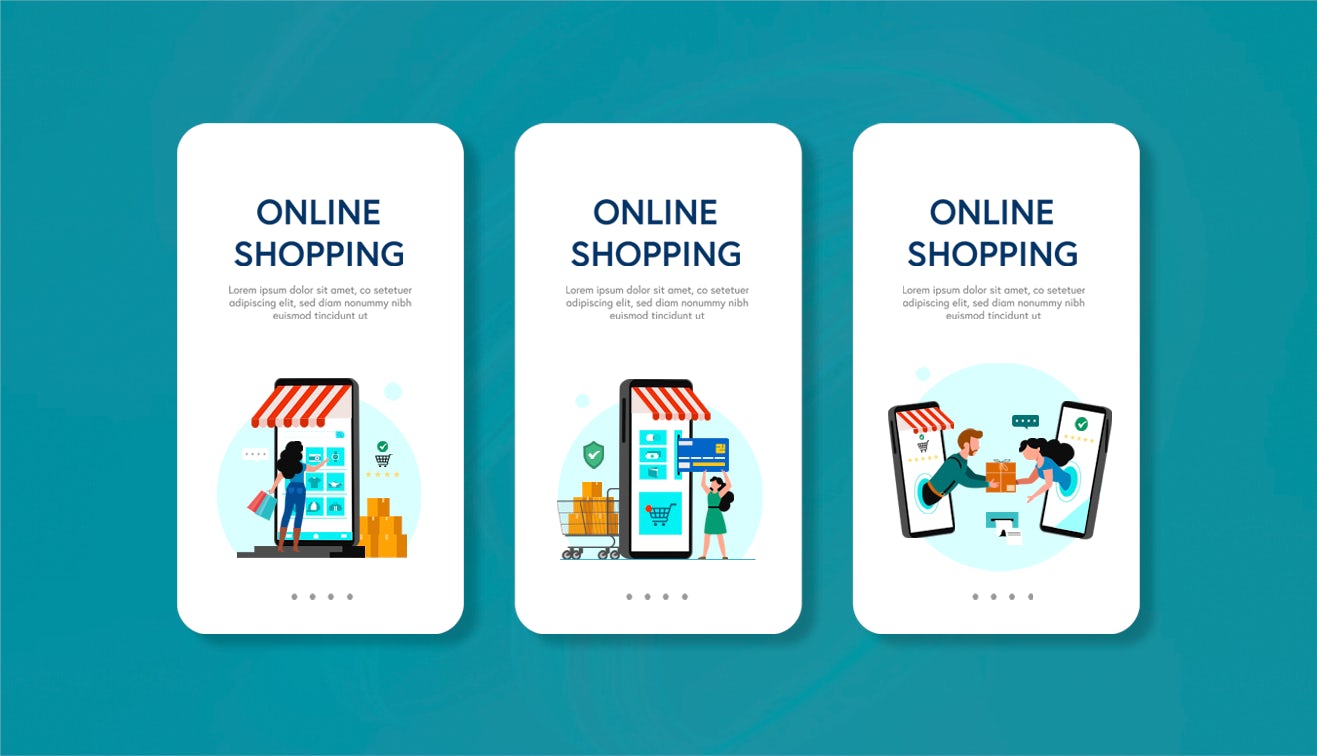

.jpg?w=3840&q=75)
